
About Go: Products and Equipment

Go Products, a world of possibilities
Go involves three basic items: a Board, Stones and Bowls to hold the stones.
They each come in a veriety of materials and price ranges.
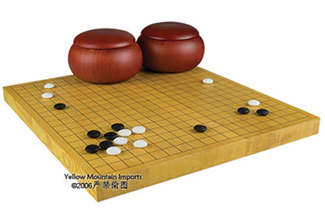
Boards:
Boards come in various sizes, thickness and styles. Table boards are designed to lay flat on a surface for easy play. They come in a variety of thicknesses and materials.
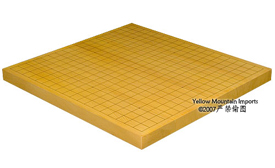
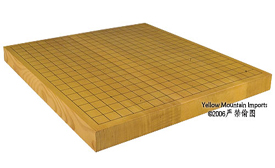
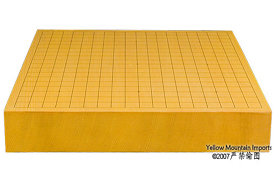
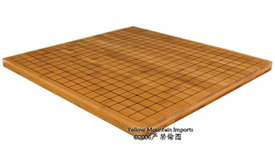
Floorboards are generally to be used within one's home, and have legs that allow players to use the board while seated on a floor. Many have ornate designs and can be several inches thick.
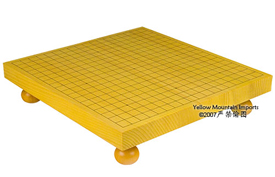
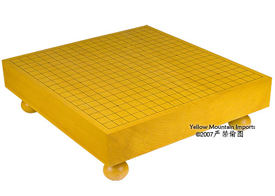
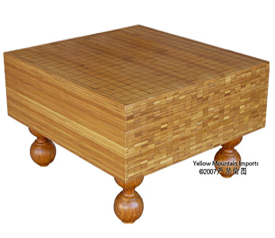
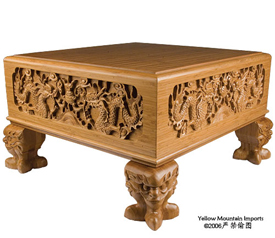
There are several varieties of Travel boards that allow Go players to play "on the go", including a slotted board and a hinged board
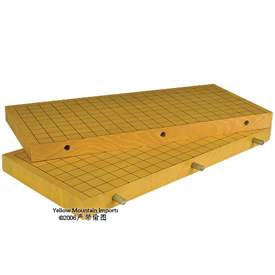
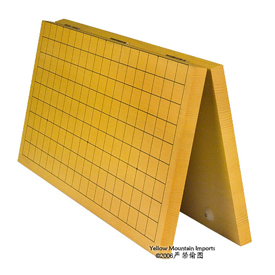
Bowls:
Designed to hold Go stones, Bowls come in a variety of materials, shapes and sizes. Bowls come in a set, with one bowl for the black stones, and one for the white stones. Players generally use the cover of the bowls for captured stones during play.
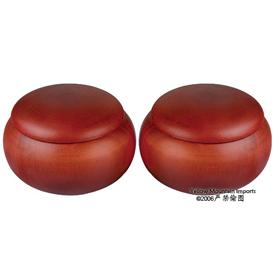
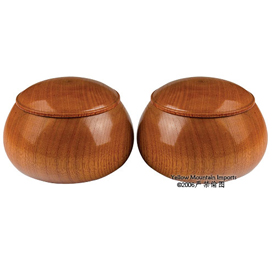
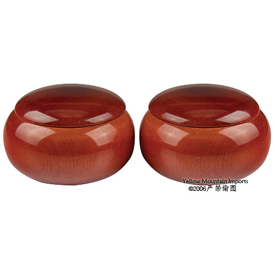
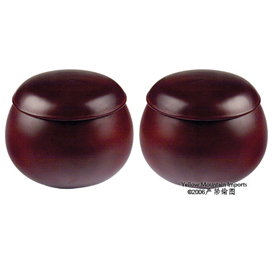
Stones:
Yunzis have been made in the Yunan province of China for hundreds of years. The manufacture of Yunzis is a closely guarded secret, unknown to anyone outside of the Yunan province. The way to detect a legitimate Yunzi is to hold a black stone to a light: black Yunzis have a green halo around their outer edges. Yunzis come in two styles: single convex and double convex. Single convex Yunzis are preferred by Chinese Go players, while the rest of the world typically prefers double convex.
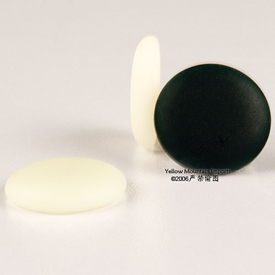
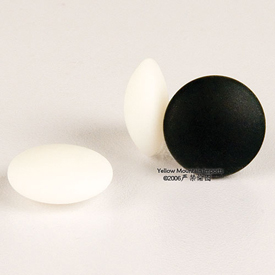
Shell & Slate stones manufactured in Japan are regarded by Go players in Japan, China, and Korea as the finest stones available. Their weight, their color and grain, their pleasant feel, their responsiveness when placed on the board makes these stones the preferred choice for the games played in international tournaments.
The black stones in these sets are made from nachiguro slate mined in Wakayama prefecture, Japan. The white stones are made from a clam called hamaguri. These clams used to be harvested in Hyuga, Miyazaki prefecture, on the southern Japanese island of Kyushu and processed there into stones. Because of the Japan Current the grain of the stones made from these clams is aesthetically more pleasing. However, because of overfishing, clam shells from Hyuga are scarce, so today almost all shell stones made and sold in Japan are from shells harvested in Lower California and Mexico.
Shell and Slate stones are manufactured in thicknesses ranging from 7 to 12mm. However, most players agree that a thickness of about 9.2mm is ideal. Many players feel that stones more than 10mm thick are too fat and it becomes awkward to place them on the board; this is a matter of personal preference.
Besides thickness, the white stones are classified into three grades: yuki, tsuki and jitsuyo. Yuki stones have clear grains which run straight across the top. Tsuki stones have grain which curves across the top. Jitsuyo stones have either irregular or indistinct grain lines. These stones start at around $315 for a 9.2 mm Jitsuyo set. Tsuki stones start at $390 for a set, while Yuki stones start at $600..
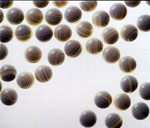
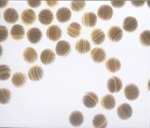
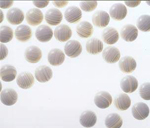
Many of these products can be found online at
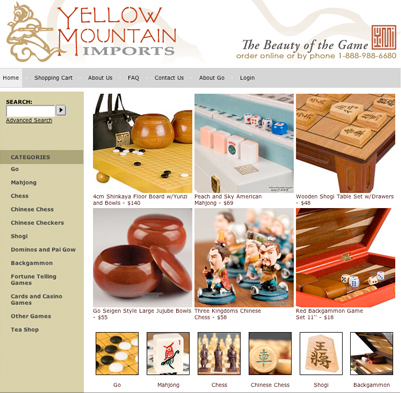
A great resource for Go equipment, learning materials, and generally everything Go
Questions, Comments or just need help finding a club in your area?



